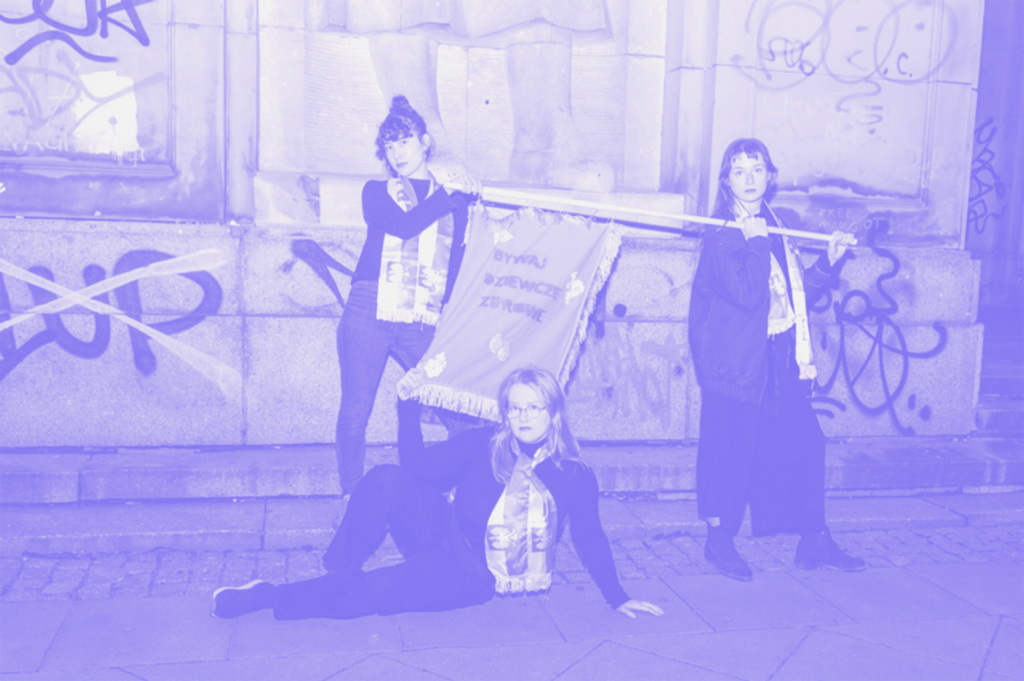A unique online project is putting a spotlight on women artists from Central Europe. Some 250 artists spanning three generations from Poland, Czech Republic, Slovakia, and Hungary are included on a growing platform that hopes to uplift women’s voices and highlight their artistic contributions in a region where they have historically been overlooked.
Created by the Katarzyna Kozyra Foundation in Warsaw together with international partners, the easy-to-search archive, called Secondary Archive, should be useful for scholars and curators from the region.
“In Central and Eastern Europe, we were always educated with Western historical canons. We know more about Western history than we know of our neighboring countries,” Polish-based Agata Cieślak, the Secondary Archive’s coordinator and an artist listed on the platform, told Artnet News. “It is important for us to bring the region together and understand what that actually means—because we come from similar backgrounds, historically speaking, though the contemporary situation is completely different.”
The project—a sort of Wikipedia for Central European female artists—was built out from an initial core list of artists devised by the Katarzyna Kozyra Foundation and its partners. Organizers then invited the living artists on the list to share their work and write a statement about what they create and why. “The aim was to invite female artists to speak for themselves,” Cieślak said.
While the political and art historical trajectories in the nations in the archive are unique, they were all marked by decades of communism which, according to the platform’s statement to Artnet News, “was a particularly difficult time due to the barriers it introduced to the cultural and social emancipation of women.”
More recently, there has been a staggering regression in gender equity in Poland, and the platform has offered an opportunity for artists to voice their grievances. A near-total ban on abortion in the Central European nation sparked the historic Women Strike protests last fall, which also drew on the work of a number of artists.
“In Poland today, I am perceived by ultra-right-wing circles as a different, alien, childless, middle-aged woman, a widow, a concubine, contaminated by COVID, an artist,” writes Aleksandra Ska.
The platform’s name, Secondary Archive, plays on the idea of the “second sex” as coined by Simone de Beauvoir in her 1949 book, which explored women’s place in a male-dominated society.
Cieślak said the project already has concretized plans to expand to Belarus and Ukraine, and eventually Latvia, Estonia, and Lithuania.
Visit the Secondary Archive here.






